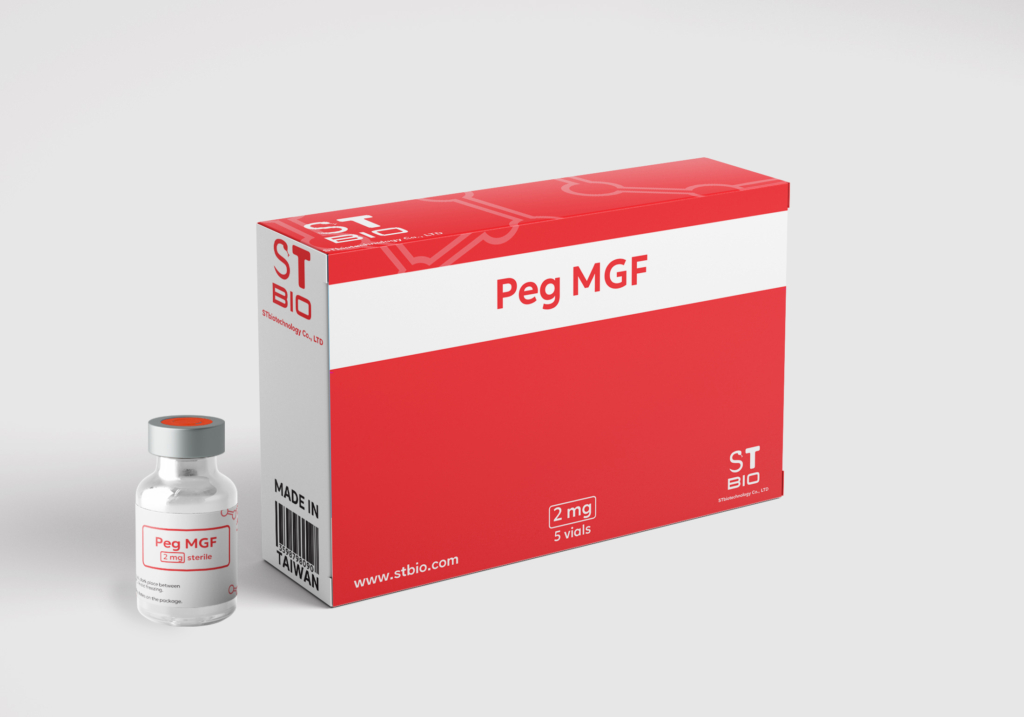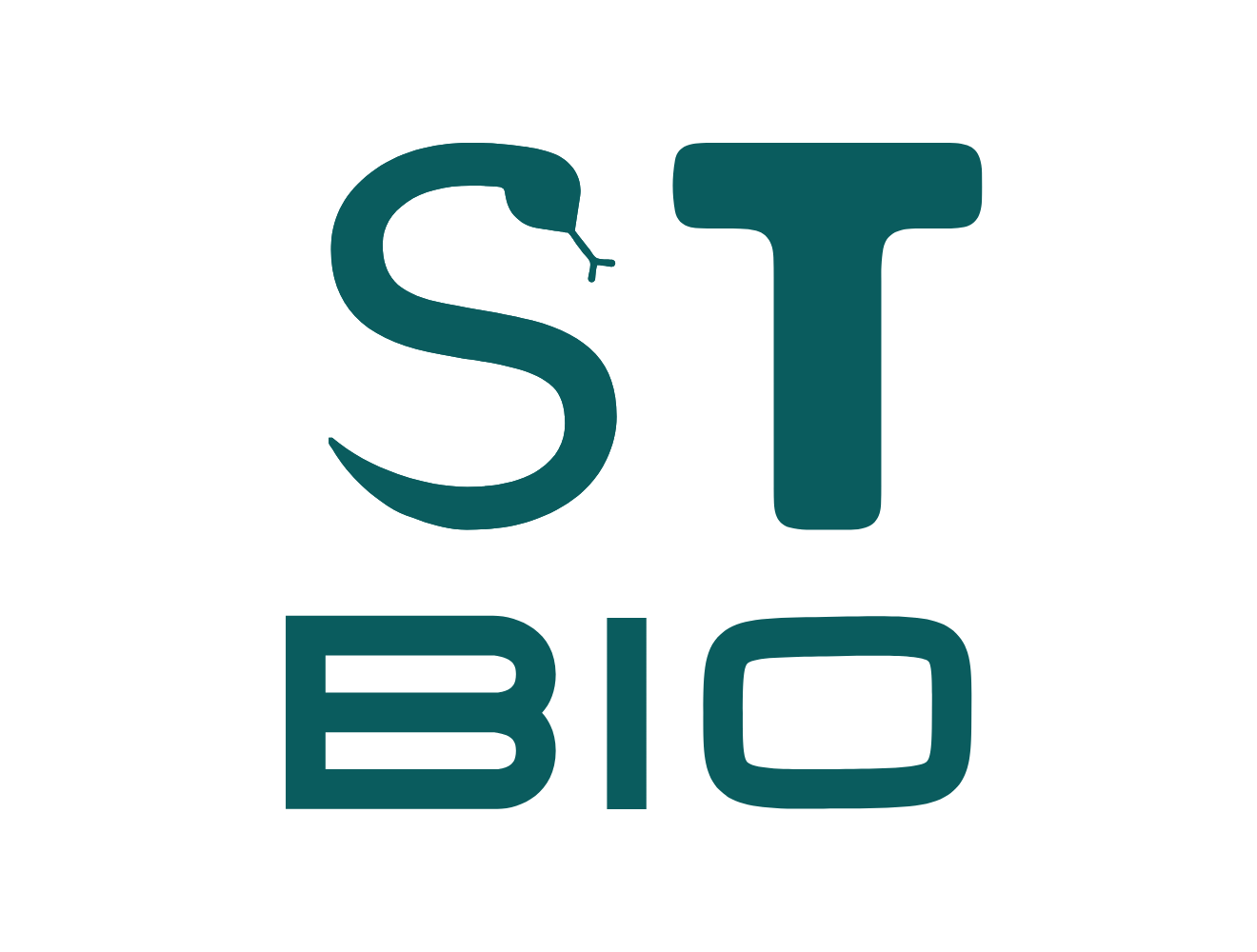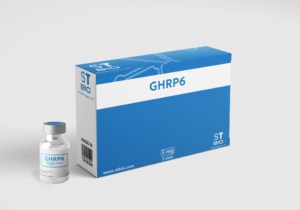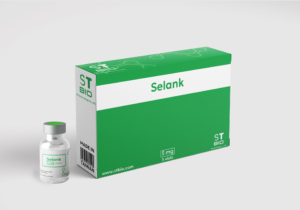
Peg MGF
PEG MGF is a modified variant of IGF, created through a frame shift in the IGF gene and enhanced by PEGylation to improve its stability. PEGylated Mechano Growth Factor (PEG-MGF) is a more advanced version of the naturally occurring MGF, designed to outperform it significantly. MGF itself is a splice variant of IGF that plays a crucial role in increasing the stem cell count within muscles, allowing for the fusion and maturation of muscle fibers, a key process in adult muscle growth. While natural MGF is produced locally in the muscle and does not enter the bloodstream, synthetic MGF can enter the bloodstream when administered intramuscularly but remains stable for only a few minutes. Research indicates that PEG-MGF enhances muscle stem cell count, promoting the formation of new adult muscle cells.
What is Pegylation in Mechano Growth Factor?
Pegylation refers to the process of attaching a polyethylene glycol (PEG) structure to a larger molecule, such as MGF, to protect it. The PEG coating helps safeguard MGF as it circulates through the bloodstream, preventing its breakdown. Studies in neurology have shown that PEGylated MGF maintains stability for longer periods in the bloodstream, creating a more durable version of the peptide.
Effects of Pegylated MGF
Mechano Growth Factor (MGF) naturally exerts its effects locally in skeletal muscle, but without modification, it cannot travel effectively throughout the body. Synthetic MGF, when injected intramuscularly, enters the bloodstream and is water-based, which leads to its breakdown in just a few minutes. In contrast, biologically produced MGF does not face this issue, as it remains localized and doesn’t enter the bloodstream. By PEGylating MGF, scientists have developed a version that closely mimics naturally produced MGF, even when administered intramuscularly. The PEG structure partially surrounds the peptide, shielding it with a protective layer while leaving its active sites exposed to carry out biological functions. This structure acts as a negatively charged barrier, protecting the peptide from interactions with positively charged compounds that could destabilize it, making PEG-MGF a more effective and stable alternative to its natural counterpart.




